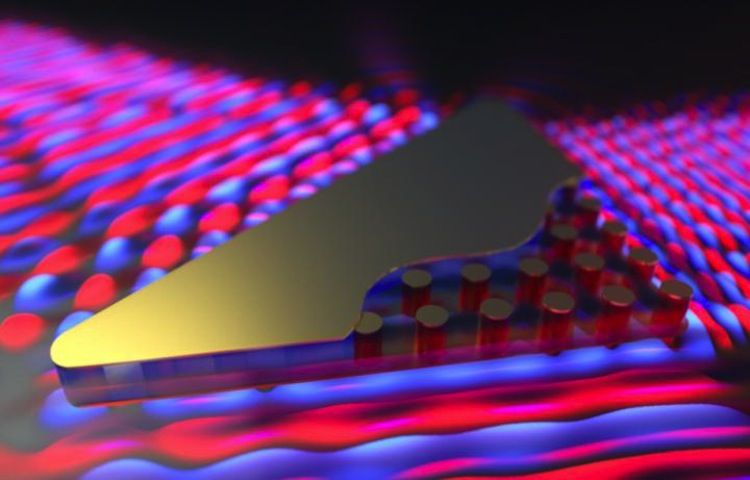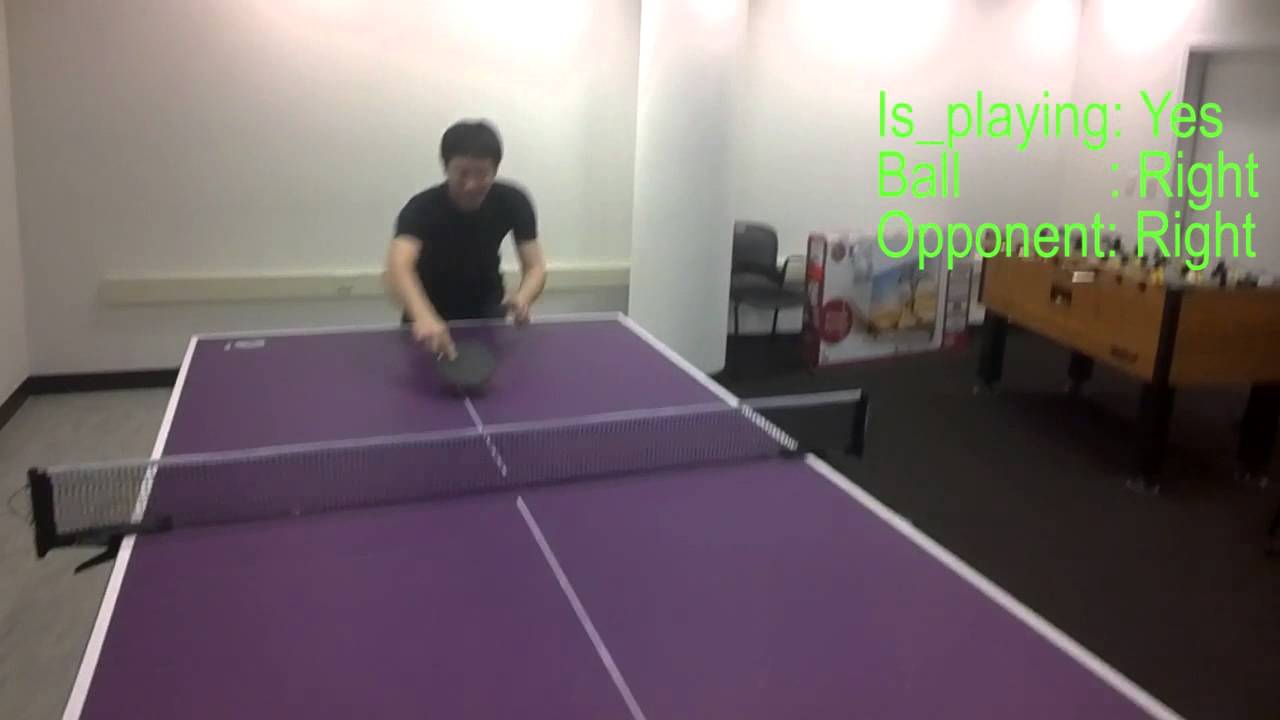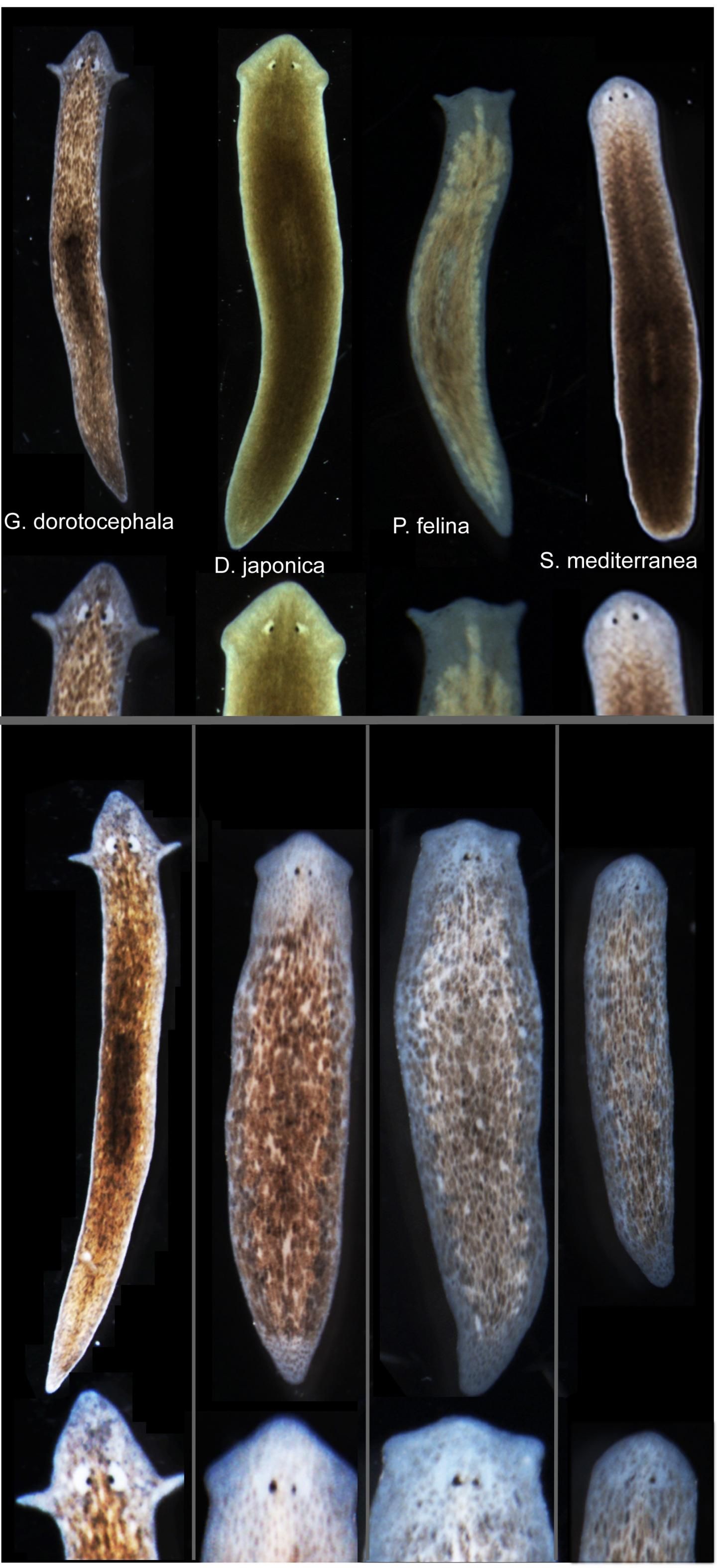Dec 1, 2015
Light-Bending Microchip Could Fire Up Quantum Computers
Posted by Shailesh Prasad in categories: computing, quantum physics, time travel
For the first time, scientists have achieved infinite speeds on a microchip. Although this advance will not enable faster-than-light starships, the light-warping technology behind this innovation could lead to new light-based microchips and help enable powerful quantum computers, researchers said.
Light travels at the speed of about 670 million miles per hour (1.08 billion km/h) in a vacuum, and is theoretically the fastest possible speed at which matter or energy can travel. Exceeding this speed limit should lead to impossible results such as time travel, according to Einstein’s theory of relativity.
However, in a way, researchers have overcome this barrier for decades. [Warped Physics: 10 Effects of Faster-Than-Light Travel].


















